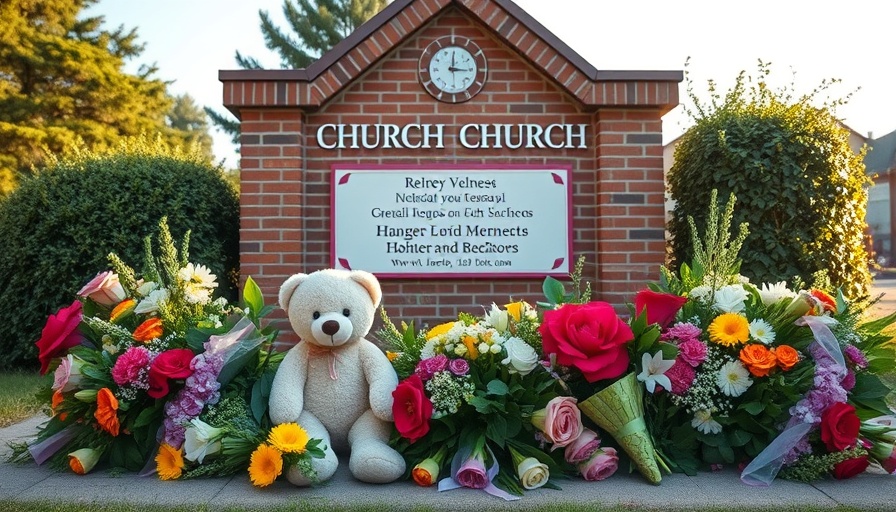
Headline H1: Understanding the Impact of Maoist Violence in Central India
In the dense forests of Central India, a fierce battle continues to unfold between government forces and Maoist guerrillas, often referred to as Naxalites. Recently, the Indian government reported a significant military action that resulted in the deaths of dozens of these rebels. This article examines the broader implications of this violence not only for the region but also for India’s socio-political landscape.
Historical Context: The Roots of Maoist Insurgency
The Naxalite movement originated in the late 1960s, rooted in agrarian discontent among marginalized communities. The movement ostensibly aims to establish a communist government through the means of armed struggle against perceived state injustices. Over the decades, it has morphed into one of India’s most enduring internal security challenges, fueled by poverty, land rights issues, and the lack of development in rural areas.
Current Dynamics: Resurgence of Military Engagements
The recent military operation highlights a shift in strategy from merely asserting government presence to actively dismantling Naxalite strongholds. With advanced surveillance and combat tactics, Indian security forces have intensified their efforts, marking a crucial phase in the decades-long conflict. However, such operations often provoke a cycle of violence, leading to an escalation of retaliatory attacks against government facilities and personnel.
Social Connectivity: Lives Affected by the Conflict
On the ground, the ramifications of these ongoing confrontations are profound. The local communities find themselves caught in a crossfire, struggling to survive amidst violence that disrupts their daily lives. Economic instability, educational disruption, and the threat of violence leave many inhabitants disenfranchised, perpetuating the cycle of poverty that fuels the Naxalite cause. This raises critical questions about how effective military action can be without addressing the underlying social issues.
Counterarguments: Perspectives from the Ground
Critics of the government’s heavy-handed tactics argue that military action may not be the ultimate solution. Engaging in dialogue with local populations and addressing their grievances—such as land rights and development needs—could be more effective in reducing the appeal of Naxalism. A balanced approach that considers peaceful negotiations alongside security measures might be necessary to achieve lasting peace.
Future Predictions: Possibilities for Change
Looking forward, analysts speculate that if the Indian government continues its current strategy without initiating socio-political reforms, the conflict may deepen, leading to an even more divided society. Conversely, proactive engagement with communities and progressive policies focused on development could render the Naxalite ideology less attractive, potentially paving the way for a more peaceful resolution.
Actionable Insights: Creating Change Beyond Military Solutions
To foster stability in the region, it is imperative for policymakers to go beyond military solutions and invest in educational and economic development programs. Empowering local communities through skills training, infrastructure development, and healthcare can address grievances that fuel insurgency. Such initiatives should ideally be integrated into a broader peace strategy that emphasizes human rights and community-building.
Conclusion
The recent military action against Maoist guerrillas underscores a critical moment for India. As the government assesses its approach to this complex insurgency, a balanced strategy integrating military, political, and social solutions will be vital in mitigating violence and fostering sustainable peace in Central India.
 Add Row
Add Row  Add
Add 




Write A Comment